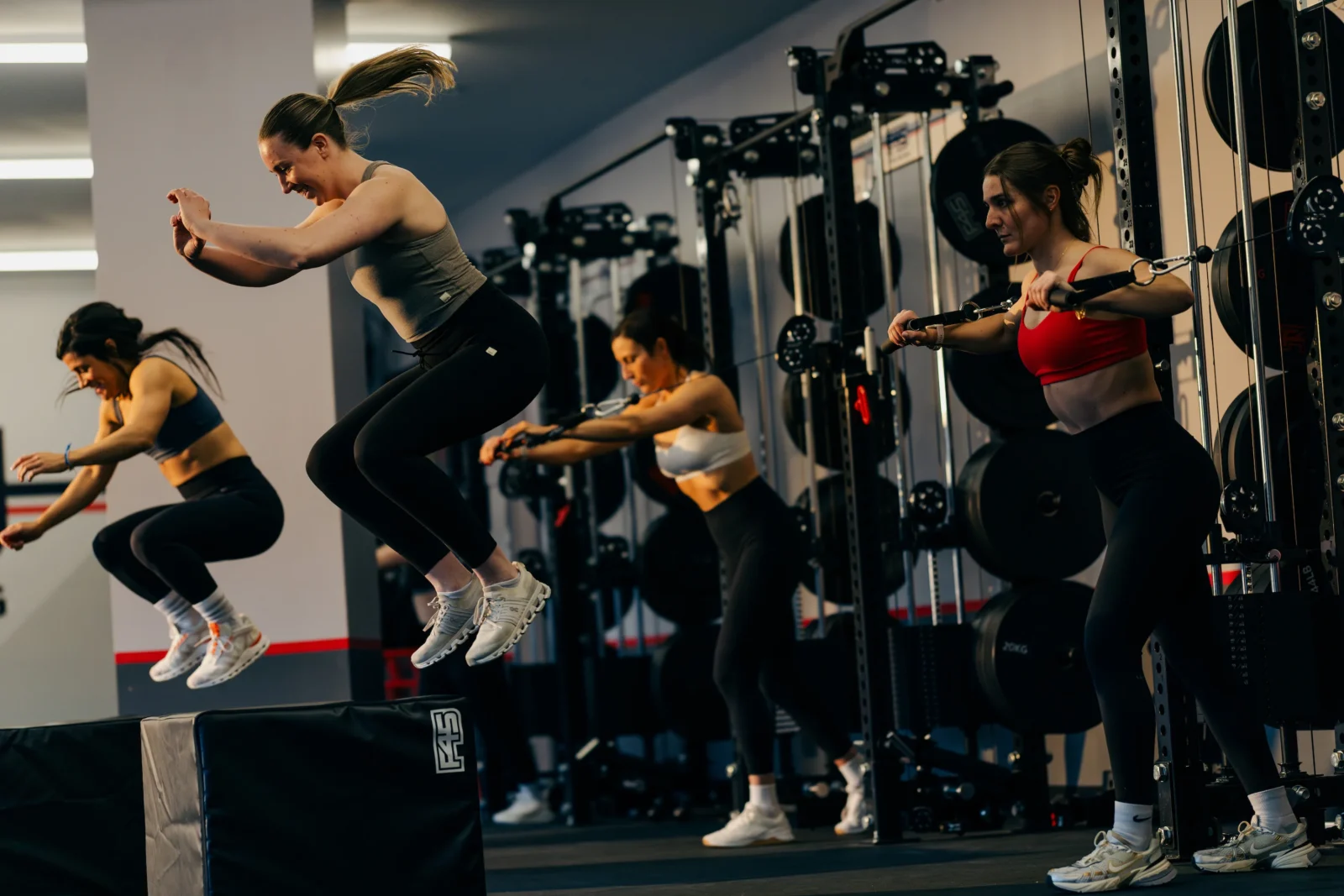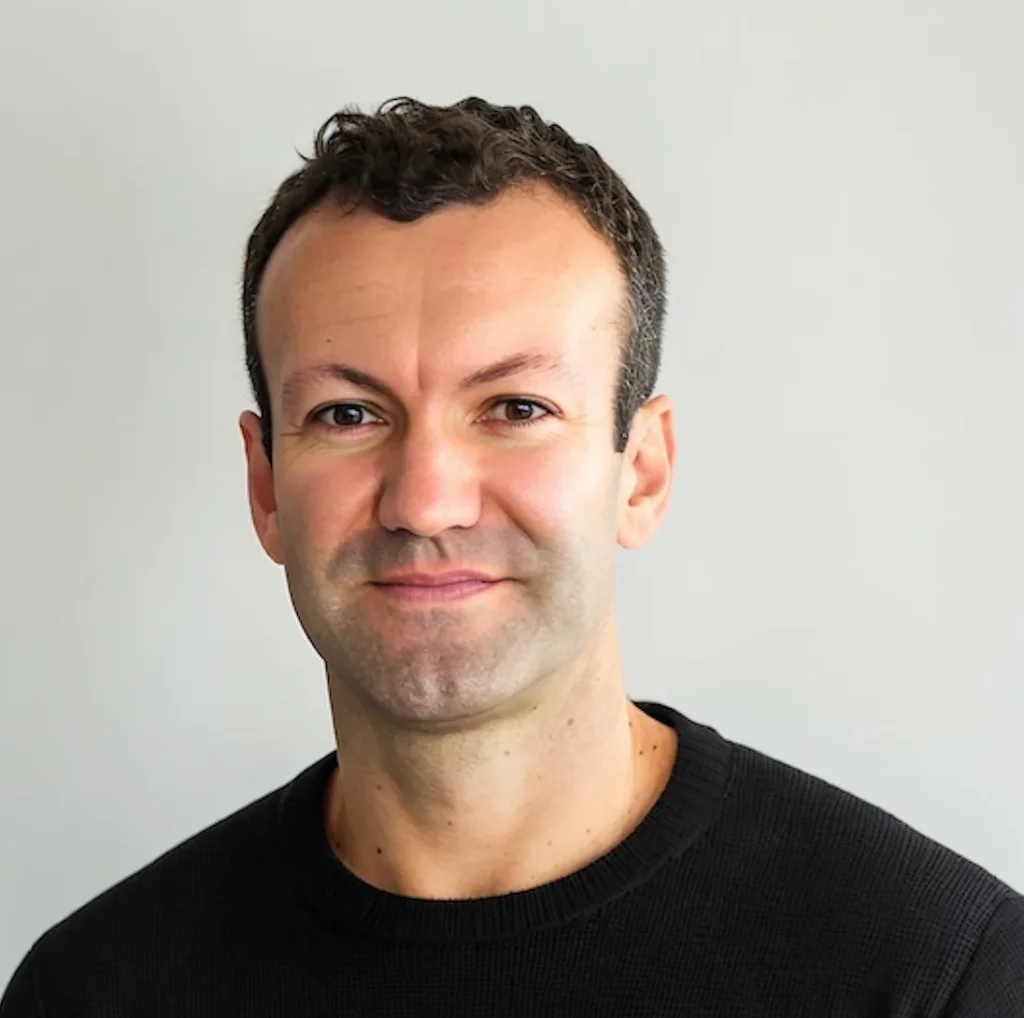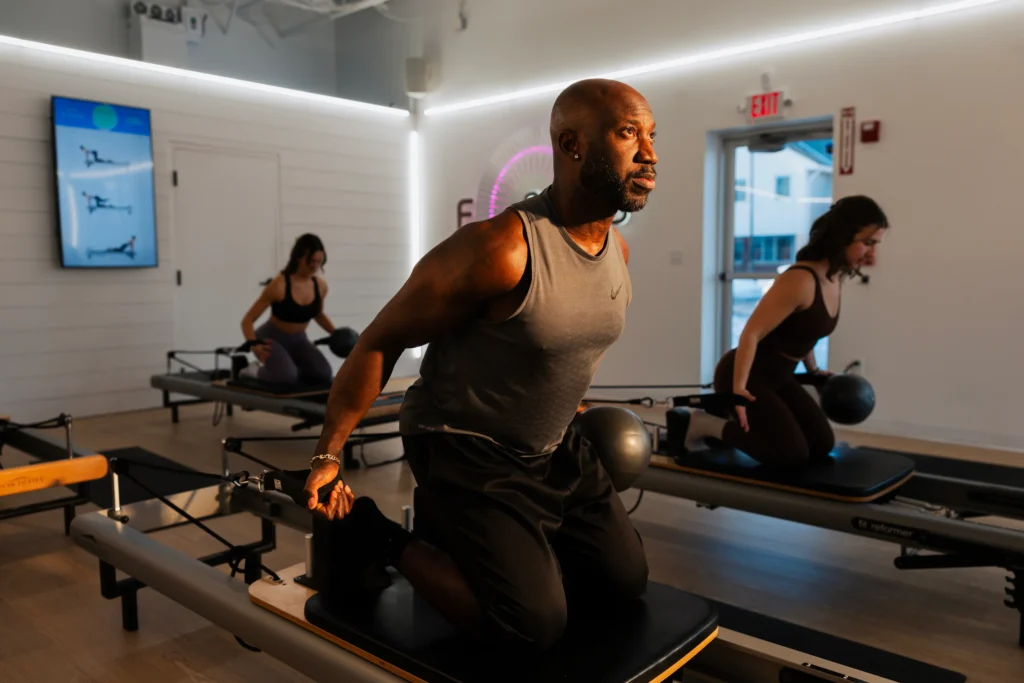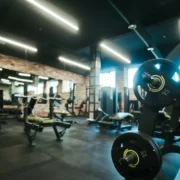F45 Training’s Luke Armstrong Shares Franchising Journey with Pivotal Advice
Partnership
Sponsored By F45 Training

The worldwide brand’s CRO talks past, present and future in everything you need to know franchising discussion
Few brands have gone as far and as fast as F45 Training, the group-focused, high energy fitness franchise which first launched in 2012. Starting in Australia before branching out to over 55 countries across the past decade and a half, it’s clear neither borders nor the fitness industry’s volatility are capable of stopping it.
With that, there’s fewer people who’ve seen as much as Luke Armstrong. Starting outside the industry but now supporting one of its key pillars, the brand’s Chief Revenue Officer has a unique viewpoint and pulse on what’s come, gone, and now here to stay, particularly in the franchising side of the fitness arena.
The following conversation has been lightly edited for clarity and length.
Athletech News (ATN): Take us through your journey. What drew you into this sector? When beginning with F45, did you envision one day overseeing almost 1,500 franchisees?
Before F45, I was on a very different career path. Growing up in Sydney, sport and conditioning were a big part of my life during high school. I studied economics at university with the intention of starting a career in financial markets. After graduating, I moved to London and began what became a nearly 10-year career in banking, with stints in Zurich, Singapore and New York City.
The global financial crisis of 2007–2009 was a turning point. I had a front-row seat to the chaos that it caused and it made me question whether that path truly aligned with my values. I knew my next move needed to be more entrepreneurial — something where I could have a more tangible impact and help build something, rather than staring at numbers all day.
My family and I returned to Sydney in 2012 and it felt like the right time for a fresh start. Not long after, a close friend who had co-founded a gym in Paddington invited me to check it out. He eventually asked if I’d be interested in helping grow the concept through franchising. It was completely left field from anything I’d done before — but I was up for the challenge and decided to give it six months to see where we could take it.
Back then, we talked about the possibility of one day opening 200 locations across Australia. We had a vision, a lot of belief, and an incredible drive to make it work — but there was no sense yet of the global movement it would become.

The first 18 months were tough — plenty of long hours and sleepless nights — but watching the network start to take shape was incredibly rewarding. The real turning point came in July 2015. We had reached critical mass with 20 studios open and brand awareness exploded courtesy of social media. From that moment, the F45 phenomenon truly began to take off.
ATN: With your rapid expansion and pivots, what top lessons and challenges still shape your playbook today?
LA: We built this business from nothing so the biggest challenge in the early days was generating cash. In any business, especially in a high-growth or start-up environment, nothing substitutes for revenue. It’s the clearest indicator of product-market fit, it funds innovation and it buys time to solve other challenges. You can’t cost-cut your way to greatness — growth is powered by generating demand and capturing value. Sales isn’t just a department; it’s the engine that keeps everything else moving.
When you’re building something that hasn’t been done before, there’s no blueprint to follow. We had to take bold action, move quickly and constantly adapt. In a high-growth environment, that means identifying problems in real time and solving them on the fly. It’s demanding — especially when you’re scaling across markets and managing a global network built around human connection in physical spaces. The impact of the pandemic, which brought all of that to a standstill, was an enormous test of resilience.
One of our biggest advantages has always been our early adoption of technology. It helped us scale efficiently and manage a fast-growing network. That same foundation allowed us to pivot quickly during COVID because our workouts were already being delivered digitally. When you’re pushing boundaries, there’s always risk — but there’s also huge upside if you can move decisively and capitalize on emerging opportunities. Our proprietary technology gives us that ability.
There’s also something incredibly powerful when you create network effects — especially when they’re driven by purpose. In our case, it’s about tapping into people’s passion and empowering them to take action, whether that’s a member working to transform their health or a franchisee taking control of their career. When our network succeeds, so do we. Helping others achieve their goals creates a virtuous cycle: motivated members drive strong studio performance, strong studios empower franchisees and that collective momentum fuels the growth and strength of the entire brand.
ATN: What role did celebrity endorsements and athlete partnerships play in F45’s growth?
LA: Partnering with athletes was effective early when we didn’t have a big marketing budget. Working with an athlete who had a social media platform gave us credibility and notoriety at the same time. Oftentimes, those athletes even joined as franchisees. That was a phenomenal validation. Here’s someone who’s a professional, trains every day of their life, looks at F45 and wants to be associated with that.
But the lesson for anyone contemplating working with celebrities is that authenticity is important. In the 90s, McDonald’s paid Michael Jordan to endorse their food. No one questioned whether he actually ate it or not — they bought it. Nowadays, when it comes to fitness, authenticity is everything. Our community cares less about celebrities. They want to see our brand ambassadors in the gym with them doing the same workouts. It’s no longer enough to get a huge celebrity and have them put on a t-shirt with a logo.

When it comes to franchising, I’ve learned that a regular person who successfully followed the formula and built a great business is more powerful than saying celebrity XYZ is a franchisee. We’ve always believed in highlighting the real people behind our brand. People can identify with that person and say, ‘If they can do it, I can do it.’ The community loves that because they’re authentic and real.
For those inspired by these stories, there’s never been a better time to explore ownership. We welcome driven individuals who see themselves in our community of passionate, successful franchisees.
ATN: Now with its extensive network of franchises, how does F45 apply a global message but still make local impacts?
LA: There’s an operating system that all F45s share and the workouts are universal, but we also give the franchisees a degree of flexibility to make things locally relevant. To give you an example, we’ve got a studio in South Florida which has a very high concentration of Latinos, actually Venezuelan specifically. When they deliver the class, they deliver it in Spanish, because everyone there is Spanish. They celebrate Latino week. We’re supportive of good operators with local insights taking our System and exporting that around the world.
While many franchises take a highly cautious approach to international expansion, we believe in thoughtful empowerment. Our view is: if a strong operator sees potential in a new market and has a clear plan, we’re open to it. We provide support, it’s a balance of ambition and responsibility. It’s this recipe of structure and freedom that makes the FIT House of Brands appealing to prospective owners. If you understand your local community and want to build something meaningful, our model gives you the tools and support to help you pursue that goal.
ATN: How did FS8 and VAURA differ in applying those same growth principles?
LA: FS8 is a different workout but the system is analogous to F45. The franchise system is relatively inexpensive to set up. It’s streamlined to run and it caters to three of the hottest trends in wellness right now: strength training, yoga and reformer Pilates. The brand’s message is one of inclusion and we speak to a broad audience. The FS8 consumer is focused on low-impact fitness and recovery rather than pushing their physical limits. They’re curious about Pilates or yoga and we create a safe space for them to experiment with it.
VAURA was a start-up concept from Sydney that we acquired in 2021. We didn’t design it but we saw its huge potential. VAURA stands out by combining athletic reformer Pilates with a fully immersive, sensorial experience. Our studios are designed to engage all the senses — from the signature VAURA scent that fills the space, to the mirrored ceilings and dynamic lighting that create an energising and motivating atmosphere! Trainers carefully curate playlists to complement each class, helping clients connect in a way that feels both challenging and enjoyable. VAURA addresses a different market than FS8 but both concepts have massive futures!
ATN: What advice would you give someone thinking about investing in an F45 or any of the brands under its hood today?
LA: When people think about franchising, they often assume the system alone guarantees success — that if you follow the playbook, the results will take care of themselves. But in boutique fitness, that’s only part of the equation. My advice is to focus first on hiring the best possible people.
At its core, what we’re really offering isn’t just a workout — it’s a feeling. Yes, it’s about wellbeing and physical results, but just as importantly, it’s about belonging. Creating that experience — one that keeps members coming back – depends a lot on the people delivering it. If your staff and coaches don’t feel supported, that energy is going to show up on the training floor.
The most successful owners I’ve worked with share a common approach: they hire great people, they invest in their development and they hold them to high standards. In return, they build strong, loyal teams that create vibrant, lasting communities. That’s the real engine of success in this business — and no system can replace it.



